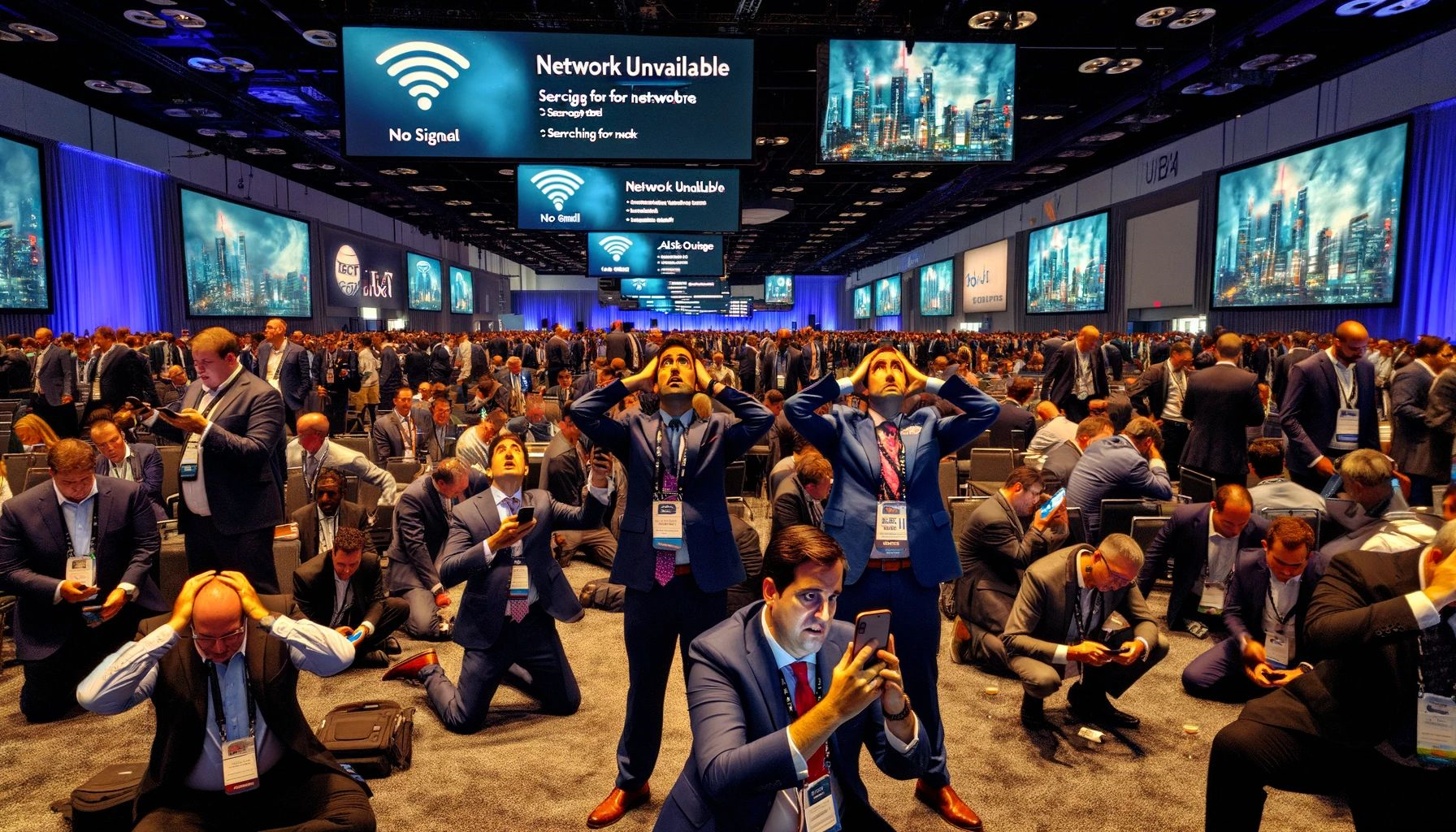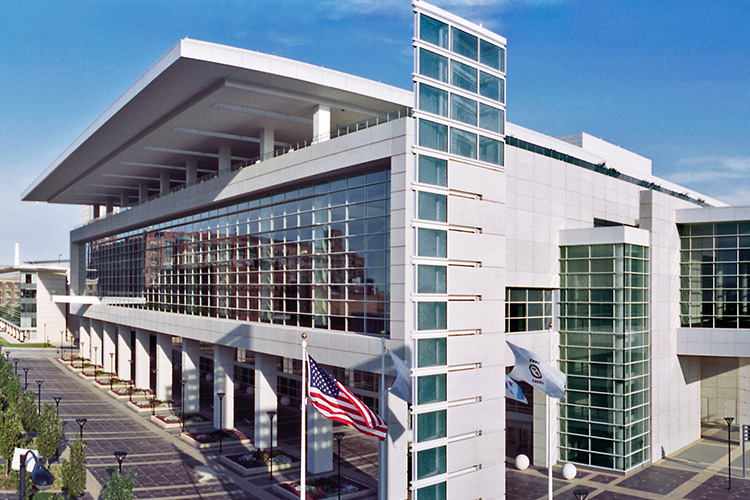With the uncertainty of the last two years behind us, it appears that in-person events are on the rise. Because of this, and because of the growing awareness of the benefits of virtual events from the past two years, attendees are constantly asking themselves, “is this in-person event worth my time?”. Practically requiring significant changes that will deliver new values for their invested time. To support this, We have compiled some of the most significant trends we have seen in 2022 and expect to see in 2023.
A shift from Event Planners to Event Time Designers
To begin with, it is now more common to refer to attendees as participants instead. This semantic change implies the start of a broader change that includes participants designing their time during in-person events and gives them more control over their experience. Furthermore, with studies showing that attention spans are eroding, event planners have to make the most of the time they have with their participants.
Participants design their time during in-person events and take more control over their experience.
There is a lot of thought that goes into designing an event schedule that’ll make in-person events memorable. Participants are craving entertainment, networking meetups, experiential activities, and wellness exercises. The agenda may seem like the obvious place to prepare for the unplanned, but it is equally imperative to designate physical space for casual social interaction on the ground.
One of the key benefits of meeting face-to-face is that it provides a greater opportunity for interpersonal connection. A memorable brand activation should allow for personal interactions and exchanges. Providing participants with the feeling that they are part of an exclusive group might go a long way toward making them feel they spent their time well.
NoMoPhoBia and Technology
It has now become natural for event professionals to integrate more and more digital methods of engagement, not only because they have substantial value but also because in-person participants have long relied on technology to enhance their experience. In our society, mobile devices are so ubiquitous that there is a term for the fear of not being connected to them: NOMOPHOBIA (NO MObile PHone PhoBIA), which refers to a psychological condition where people fear being without their phones.
As our standards have evolved, we are entering a new era in the event industry. In today’s world, making the most of an in-person experience for participants might mean being able to submit questions through their phones or even watch sessions from their hotels in case of an impromptu networking opportunity.
Integrating technology is tricky; while some might think that technology should take center stage, the reverse is true. The event’s technology should serve participants’ interests, needs, and preferences, basically complementing the actual event’s objectives. Moreover, it should feel like a natural extension of the event experience in a frictionless manner, enhancing the participants’ journey while emphasizing sponsors, exhibitors, and the event organizer’s brand identities.
In our society, mobile devices are so ubiquitous that there is a term for the fear of not being connected to them: NOMOPHOBIA (NO MObile PHone PhoBIA), which refers to a psychological condition where people fear being without their phones.
Being so saturated with virtual events, participants have grown accustomed to events that focus heavily on content and storytelling. Since our return to in-person events, hands-on activations are more appealing than ever and are precisely what participants have been missing over the course of the pandemic. Organizers invest a significant portion of their time in creatively figuring out what participants can get from an onsite hands-on experience that a product video won’t give them.



